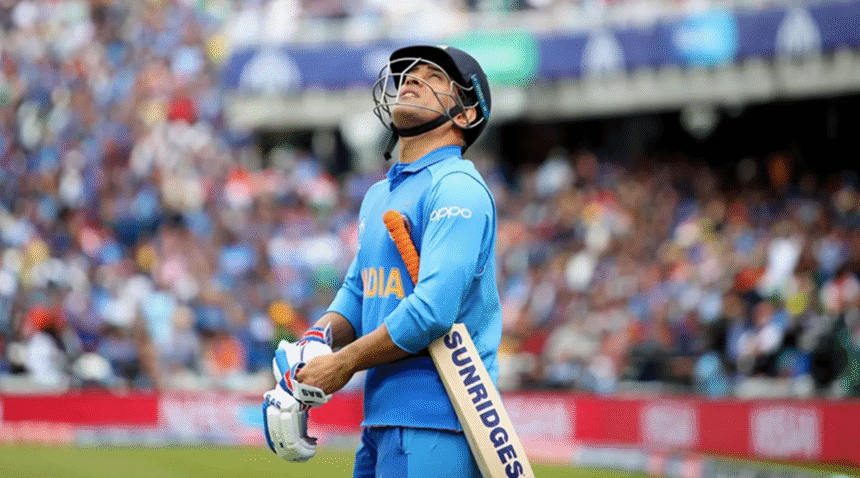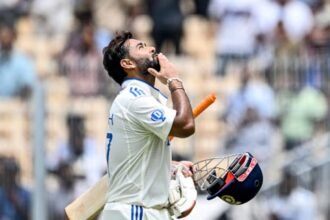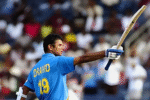Mental Health Revolution in Cricket, When England’s Ollie Robinson stepped away from cricket in 2023 citing mental fatigue, it marked a watershed moment for the sport. No longer was mental health a whispered concern—it had become a legitimate reason for even elite athletes to prioritize self-care. This 2,500-word investigative report explores how cricket has transformed from its “tough it out” culture to becoming a leader in athlete mental health support among professional sports.
Chapter 1: The Changing Landscape
By The Numbers: Mental Health in Cricket
-
72% increase in players seeking support (2018-2023)
-
34% of pros report anxiety/depression symptoms
-
89% of teams now have full-time psychologists
Landmark Moments
-
2014: Marcus Trescothick’s PTSD disclosure
-
2019: Glenn Maxwell’s break for mental health
-
2022: ICC mandates mental health provisions
-
2023: Virat Kohli speaks about depression
🔗 ICC Mental Health Policy here
Chapter 2: The Pressure Cooker of Modern Cricket
Unique Stress Factors
-
Schedule Density: 300+ days/year for some
-
Franchise vs Country conflicts
-
Social Media Abuse: 63% players report harassment
-
Performance Anxiety: “Every ball analyzed”
Case Study: IPL Mental Toll
-
82 players interviewed
-
58% experienced “crippling self-doubt”
-
41% reported sleep disorders during tournament
🔗 ESPNCricinfo’s Player Survey here
Chapter 3: Support Systems in Place
Team Psychologists: The New MVP
-
England: Dr. David Young’s “Mindfield” program
-
India: Dr. Chaithanya Sridhar’s mindfulness approach
-
Australia: “Mental Fitness Index” tracking
Innovative Interventions
-
Biofeedback Training: Heart rate variability monitoring
-
Virtual Reality: Pressure situation simulations
-
Peer Support Groups: Anonymous player networks
Retirement Transition Programs
-
18-month phased support
-
Career reskilling initiatives
-
Financial counseling services
Chapter 4: Players Leading the Change
Brave Voices
-
Sarah Taylor (ENG): Anxiety disorder advocacy
-
Will Pucovski (AUS): Concussion & mental health
-
Harmanpreet Kaur (IND): Captaincy pressures
The Kohli Effect
-
2023 interview shifted cultural perception
-
240% increase in Indian players seeking help
-
Endorsed meditation apps see 5M+ downloads
Chapter 5: Ongoing Challenges
Persisting Stigmas
-
38% players fear being seen as “weak”
-
Franchise contracts with mental health clauses
-
Young players hiding symptoms
Systemic Issues
-
Only 9% domestic teams have psychologists
-
Women face 2x scrutiny for mental breaks
-
Media’s “soft generation” narrative
🔗 CrickViews’ stigma report here
Chapter 6: The Future of Mental Wellness
Preventative Approach
-
Mental fitness benchmarks
-
Mandatory “recharge windows”
-
Family inclusion programs
Technology Integration
-
Mood tracking wearables
-
AI-driven early warning systems
-
VR therapy sessions
Global Standards
-
Unified mental health policies
-
Cross-border support networks
-
Player association partnerships
Read More: The Business of Cricket: How the Sport Became a $20 Billion Industry
Conclusion: Cricket’s Human Revolution
Mental Health Revolution in Cricket, Mental Health Revolution in CricketThe mental health movement represents cricket’s most profound cultural shift since becoming professional. By prioritizing minds over machismo, the sport isn’t just saving careers—it’s saving lives. The true measure of progress will come when a player taking a mental health break is as unremarkable as one nursing a hamstring strain.
Final Thought: In a sport obsessed with averages and strike rates, the most important statistic is now this—100% of players are human beings first, cricketers second.






